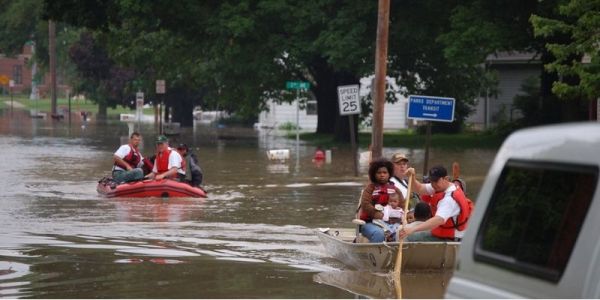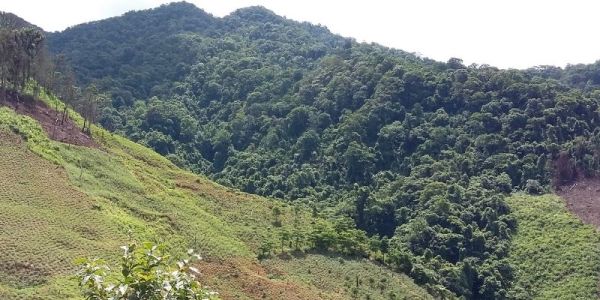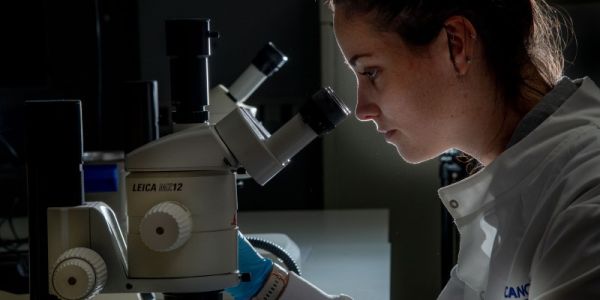
Improving the world’s parks and green spaces
A ground-breaking project that aims to improve parks across the globe has been launched.

A ground-breaking project that aims to improve parks across the globe has been launched.

Researchers warn that permafrost peatlands in Europe and Western Siberia are much closer to a climatic tipping point than previous believed.

Scientists reveal a new part of the recipe for complex life on planets, and it involves the onset of a microbial fertiliser factory on the Earth’s seafloor roughly 2.6 billion years ago.

PR and Marketing Communications expert Annalise Coady has launched and transformed brands all around the world.

Despite efforts to reduce the risks, changes in the Earth’s climate caused by human activity are affecting the lives of billions of people, according to a major international report published today.

Researchers using multiple high-resolution satellite observations have found that carbon loss has more than doubled since 2001 due to forest clearance across the tropics.

Thawing of permafrost due to climate change could expose the Arctic population to much greater concentrations of the cancer-causing gas Radon, a new story has found.

An ambitious vision placing Leeds at the global forefront of cancer research is officially set out today.

An international team of scientists estimate that there are 14% more tree species than previously thought.

Ian Brooks, Professor of Boundary Layer Processes at the University of Leeds, has been awarded the Polar Medal.